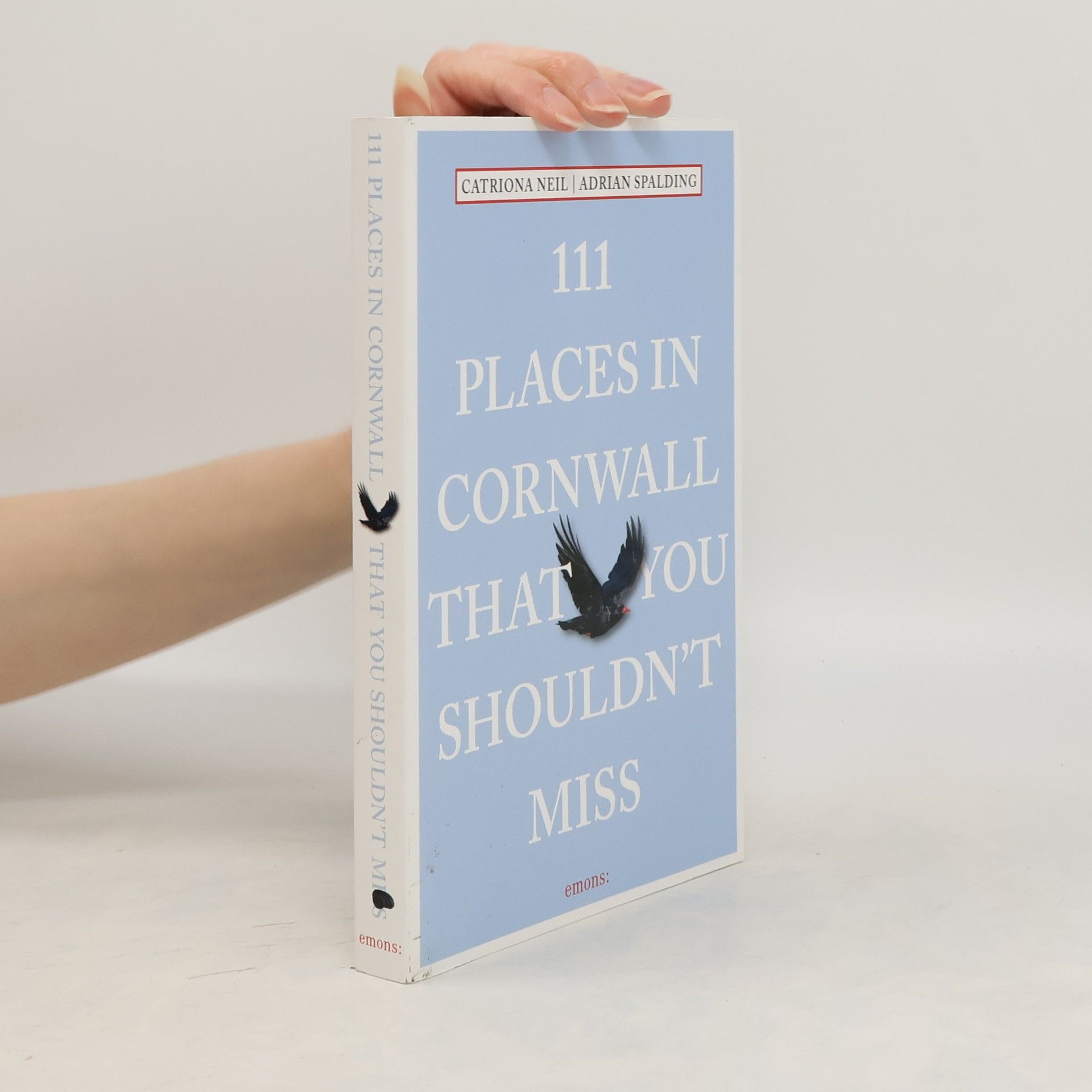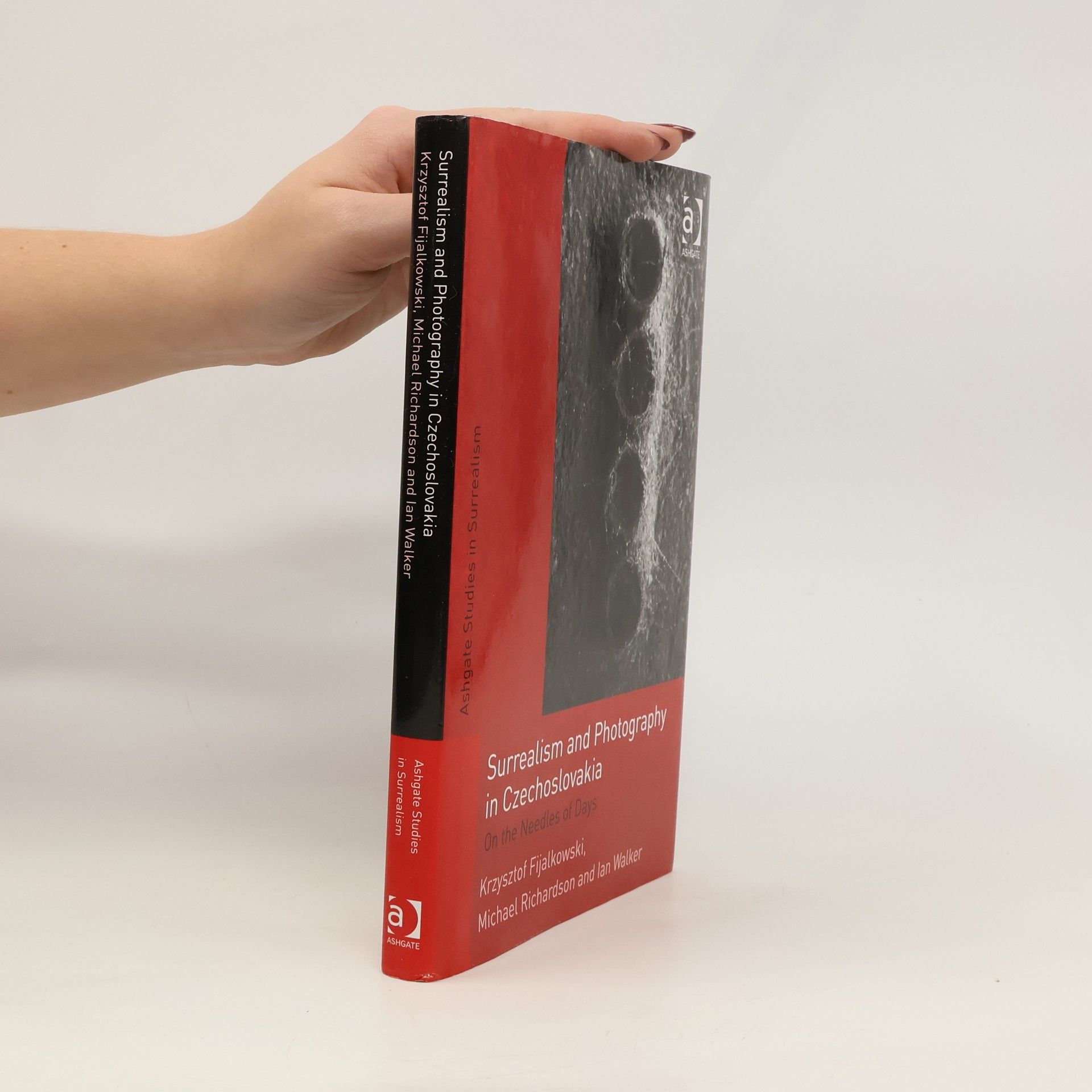Surrealism and Photography in Czechoslovakia
- 214 stránek
- 8 hodin čtení
Surrealism and Photography in Czechoslovakia: On the Needles of Days sheds much-needed light on the location of the greatest concentration of Surrealist photography and examines the culture and tradition within which it has taken root and flourished. The volume explores a rich and important artistic output, very little of which has been seen outside of its land of origin. Based on extensive research at museums in Prague and Brno and many conversations with participants in and historians of the movement, Krzysztof Fijalkowski, Michael Richardson and Ian Walker analyse how this photographic work has developed cohesively and rigorously, from the beginnings of Czech Surrealism in 1934, to the intriguing researches of the present-day Czech and Slovak Surrealist group by way of mysterious veiled responses to the repressive contexts with which they were faced from the 1950s to the 1980s. The main chapters, ordered chronologically, are intersected with shorter texts examining specific works. The reader will find in this volume images that present challenges to our understanding of how photographic work has been used within surrealism, pinpointing individual pictures whose dynamic charge may induce instants of compelling interrogation and disruption.


